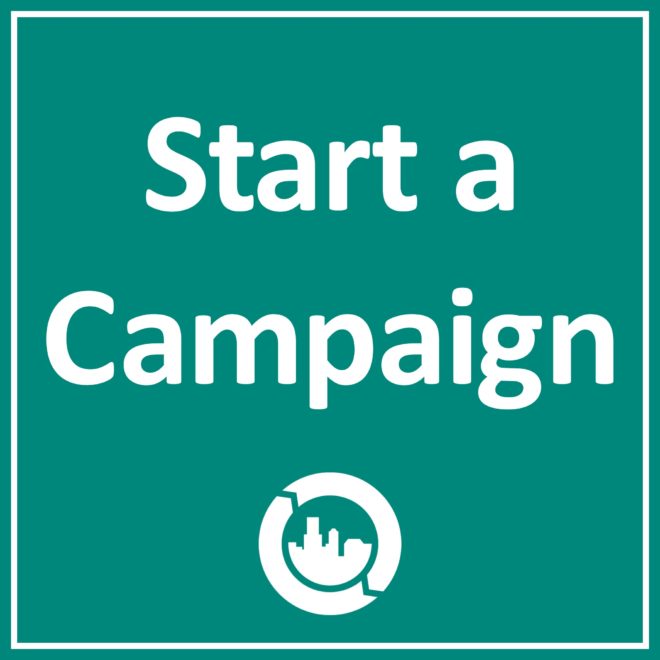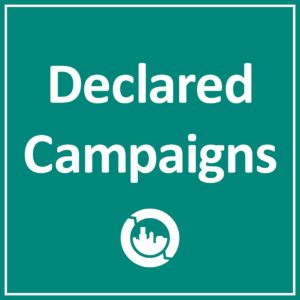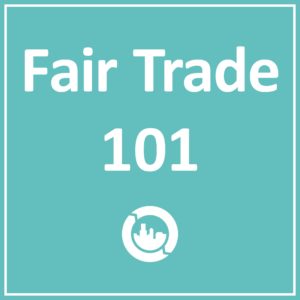“What is Fair Trade? What is the Goal of Fair Trade” – Gallant answers in detail, May 16, 2018
What Is Fair Trade? | Why Fair Trade?
Fair Trade is a trading partnership, based on dialogue, transparency and respect, which seeks greater equity in international trade.
What does Fair Trade mean? Is it paying workers more or making sure that farmers and factory workers are getting treated well? Is it like direct trade, or is it something more? And does it only apply to chocolate or coffee or organic tote bags too? As the certification becomes more popular, more and more consumers are aware of the concept, but many seem to have a surface understanding of the concept as a whole. As a Fair Trade private label company established on producing the finest Fair Trade cotton bags, apparel, and accessories, we want to make sure our customers share our values; and to do that, they need to know what we believe in.
Fair Trade, As Defined By The World Fair Trade Organization (WFTO):
“Fair Trade is a trading partnership, based on dialogue, transparency, and respect, which seeks greater equity in international trade. It contributes to sustainable development by offering better trading conditions to and securing the rights of, marginalized producers and workers. Fair Trade organizations have a clear commitment to Fair Trade as the principal core of their mission. They, backed by consumers, are engaged actively in supporting producers, awareness raising and in campaigning for changes in the rules and practice of conventional international trade.”
To sum it up in a few sentences, Fair Trade is a global movement of consumers, producers, businesses, and certifiers who consider people and the planet first. They all work together to make sure that they are focusing on treating resources as limited and creating products that benefit the producers who make them and the land that grows them.
Fair Trade developed out of a response to the negative results of unfair trade practices and the widening divide between the global North and South. Since its inception, the Fair Trade movement has been growing at an exponential rate as more consumers realize that while many benefits from open markets, subsidized commodity items, and products that are mass-produced- many farmers, artisans, and children are losing their livelihoods, freedoms and in the worst cases, human rights.
According to a new report by Fairtrade America, global sales of fair trade products rose by 8% in 2017, reaching nearly $9.2 billion and generating a record amount of Fairtrade Premium funds of more than $193 million for farmers’ and workers’ organizations.
What are the requirements?
To be Fair Trade certified, a product must be produced by a farmer, cooperative, or workers that meets certain standards set by the Fair Trade labeling body. Currently, there are over 11 certifiers internationally, each with its own standards. These standards vary slightly but basically require that:
Workers receive a Fair Trade minimum wage
Environmental sustainability is upheld
Safe working conditions are provided
There is no forced or child labor
Premiums are given to producers based on the product they create
These premiums go to a communal fund to be used for development projects
The supply chain is transparent to consumers
… click on the link for “What does Fair Trade mean to Gallant International” and a History of Fair Trade.




